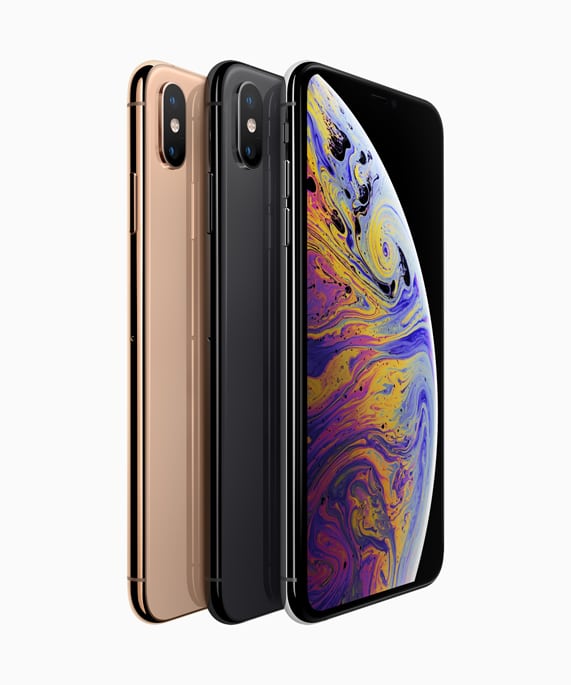T-Mobile US gets a win with support for 600 MHz; new iPhones also support AT&T-FirstNet’s Band 14
Apple’s release of its latest iPhone models — the Xs, Xs Max and Xr — immediately drew attention to which network features and spectrum that the company’s newest devices support. Those include gigabit-LTE capability through License Assisted Access and four-by-four multiple-input multiple-output on the Xs and Xs Max — but not on the XR, the least expensive of the three new models at $749.
The devices drew immediate raves from T-Mobile US executives, including CEO John Legere, since they will be the first iPhone models with support for T-Mo’s 600 MHz spectrum. The carrier has ambitious build-out plans for that spectrum that are already underway.
Of course we’re going to carry the new iPhones!! BEST PART?! They are the first iPhones ever to INCLUDE our 600MHz Extended Range LTE!! That means your new #iPhone will have the best coverage and network experience of any @TMobile iPhone, EVER! #AppleEvent
— John Legere (@JohnLegere) September 12, 2018
YES. 600MHz compatibility in the new iPhones huge. This means @TMobile’s best, broadest coverage! Only 600-capable devices like this experience our true network & that advantage is growing. All over America, we light up more 600MHz every day!! #AppleEvent
— Neville (@NevilleRay) September 12, 2018
The inclusion of LAA support on the Xs and Xs Max was noted by Qualcomm’s Dean Brenner.
For my many @Qualcomm colleagues and me, who worked on this @Qualcomm_Tech for years, this is an enormous validation of our work. I am focused on some other things, but this is so nice to see. https://t.co/t9XXiyoFyi
— Dean Brenner (@deanrbrenner) September 12, 2018
AT&T-FirstNet’s Band 14 spectrum is also supported on the new iPhone models, expanding the number of FirstNet-ready devices that can make use of AT&T’s Band 14 build-out. The carrier said recently that it has about 2,500 agencies as FirstNet customers and that Band 14 spectrum has been turned up at more than 2,500 sites across the country, with the process to build out at least 10,000 more sites “underway.”
What is exciting is these new cutting edge solutions from @apple come equipped with @FirstNet band 14 as well as the key commercial bands. When creating a strategy for #FirstNet we knew it was critical to have a partnership that would quickly enable band 14 device proliferation. https://t.co/6sEWHerWoK
— TJ Kennedy (@TJPublicSafety) September 12, 2018
However, analyst Walt Piecyk pointed out that what didn’t make it into the new iPhones — namely, support for the Citizens Broadband Radio Service at 3.5 GHz — is also notable.
No Band 48/CBRS spectrum in the new iPhones. $AAPL $VZ $CHTR https://t.co/VfjtnG49WO
— Walter Piecyk (@WaltLightShed) September 12, 2018
In addition to 4×4 MIMO in the Xs and Xs Max models, all three of the new models include support for 802.11ac Wi-Fi with 2×2 MIMO, as well as Bluetooth 5.0.
All three of the new devices also have dual SIM capabilities, with both embedded SIM and a nano-SIM supported; Apple noted that the phones are not compatible with existing micro-SIM cards. eSIM is the GSMA’s technology developed to replace traditional, removable SIM cards with an embedded SIM module that supports the profiles of multiple operators, so that consumers can switch between operators without needing new, physical SIM cards — or in this case, enable more flexible device use such as two phone numbers supported on one device, according to Apple.
The iPhone Xs and Xs Max will support Dual SIMs which means you can have two numbers on one phone. This will be called DSDS (Dual SIM Dual Standby). pic.twitter.com/OSTFIXSy1L
— Gizmodo (@Gizmodo) September 12, 2018

